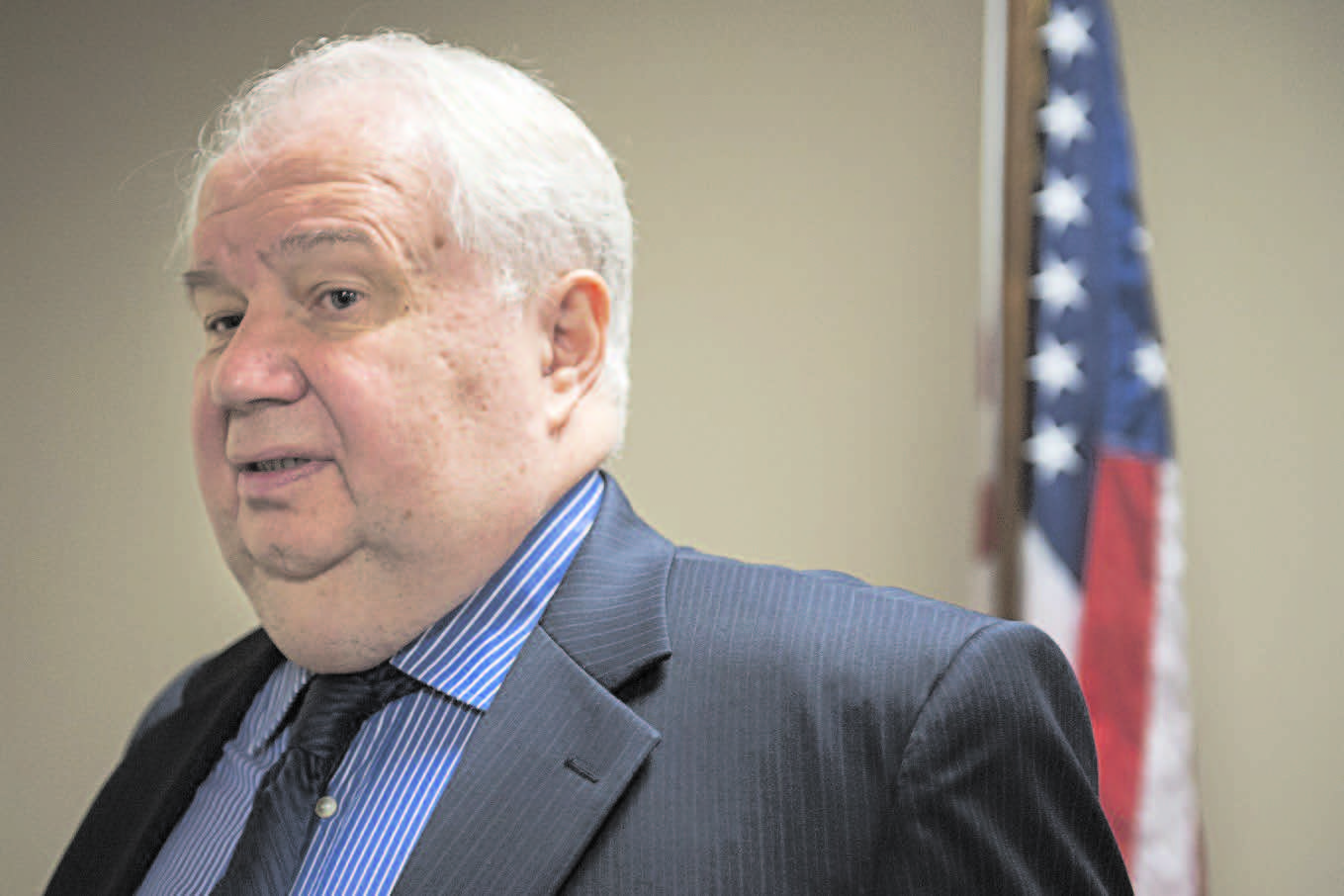
NEW DELHI (TIP):
India has signed an agreement under which it will pay Russia to supply arms and equipment to the Afghan military as foreign combat troops prepare to leave the country, in a move that risks infuriating Pakistan, says a Reuters report. Under the deal, smaller arms such as light artillery and mortars will be sourced from Russia and moved to Afghanistan. But it could eventually involve the transfer of heavy artillery, tanks and even combat helicopters that the Afghans have been asking India for since last year.
India has already been training military officers from Afghanistan, hosted a 60-member Special Forces group last year in the deserts of Rajasthan and supplied equipment such as combat vehicles and field medical support facilities. But the decision to meet some of Afghanistan’s military hardware demands – albeit sourcing them from Russia – points to a deepening role in Afghanistan aimed at preventing it from slipping back into the hands of the Taliban and other Islamist groups that are hostile to India.
It comes as China, another big player in the region which borders Afghanistan via a small, remote strip of land, is preparing for a more robust role in Afghanistan, also concerned that the withdrawal of NATO troops will leave a hotbed of militancy on its doorstep. Like China, India is unlikely to put boots on the ground to reinforce its strategy in Afghanistan.
“We can’t commit troops on the ground,we can’t give them the military equipment that they have been asking us for, for all sorts of reasons including the lack of surplus stocks,” said an Indian foreign ministry official, declining to be named because of the sensitivity of the issue.
“Involving a third party is the next best option,” the official said, referring to plans to source military supplies from Russia for Afghan forces. The lack of direct access to Afghanistan poses additional hurdles to arms transfers. An Indian team visited Moscow in February to firm up the deal, the official said. The two countries will also help Afghanistan restart an old armaments factory near Kabul and prepare an inventory of Russian military equipment in Afghanistan that could be refitted for use.
That dates back to the Soviet invasion of 1979-89, although much of the hardware is beyond repair. “We’ll work with India directly as well as trilaterally involving Russia,” said an Afghan official in New Delhi. “Most of India’s weapons are made in Russia or co-produced with Russia, so it makes sense.
Also the three-way arrangement is cost-effective.” Indian officials said they had held talks with China, Japan and Iran to find ways to fund Afghan security demands that outgoing President Hamid Karzai told his Indian hosts during a visit last year would touch $4 billion a year.
PAKISTAN WARY
India’s neighbor and rival Pakistan is likely to be angered by any move to help arm Afghan forces, even if indirectly. Pakistan shares a long border with Afghanistan and has traditionally exerted considerable influence on Kabul. But under Karzai, and since the ouster of the Islamist Taliban movement in 2001, relations have deteriorated amid accusations that Pakistan has failed to stop militants crossing into Afghanistan and launching frequent, deadly attacks.
Asked about India’s plans to supply Russian arms to Afghanistan, Pakistani foreign ministry spokeswoman Tasnim Aslam said: “I don’t have any confirmation, so it would be premature to comment on it.” A military spokesman did not return calls seeking comment. Ahmed Rashid, an author and expert on the region, said the deal could aggravate relations between India and Pakistan – nuclear-armed neighbors who have fought three wars – if the arms supplied were heavy enough to be deemed “offensive”.
“Diplomacy and political dialogue are what will bring peace to Afghanistan,” he said. “What is not going to bring peace is more weapons.” Russia’s Federal Service for Military-Technical Cooperation, the state agency responsible for arms and military cooperation deals, declined comment on the agreement. But Alexander Golts, an independent Moscowbased defense expert, said Russia had a similar arrangement with the United States under which it had delivered Mi-17 helicopters to Afghanistan.
The program is now threatened by U.S. sanctions on Russian government officials and firms linked to President Vladimir Putin as punishment for intervention in Ukraine, he said. Golts said India and Russia were likely to play a significant role in Afghanistan as coalition troops withdraw.
“At the end of the day, and despite all the contradictions, it’s very important for Washington to keep Russia engaged in Afghanistan.” Karzai’s “shopping list” submitted to New Delhi last year comprised 66 items ranging from tanks to spares for Afghanistan’s small fleet of helicopters. Karzai also wanted Indian instructors at the British-funded “Sandhurst in the Sand” military academy built outside Kabul to train Afghan military officers.
New Delhi remains opposed to deploying troops, including trainers, but has increased the number of Afghan officers training in India to nearly 1,100 this year from last year’s 574. “It is very clear that the Afghan government has been pushing for this, especially Karzai, to make sure that the ANSF (Afghan National Security Forces) is stocked and has options post-withdrawal,” said Rudra Chaudhuri, a South Asia specialist at King’s College London, referring to India’s decision to arrange for supplies from Russia.




Be the first to comment